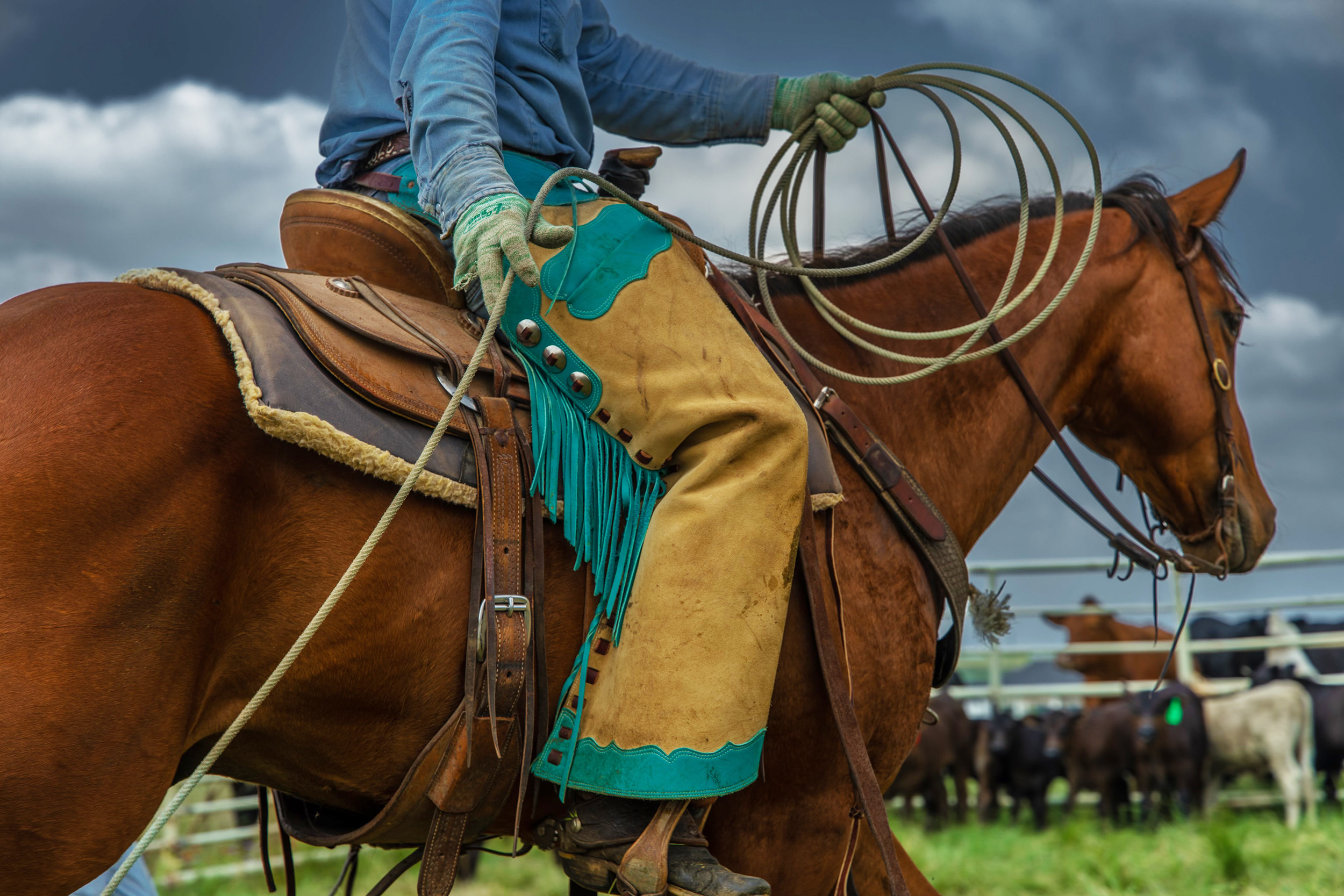Outdoor
The River was their Highway

By contributing writer Jerry Williams
It was 13 February 1682 where the Illinois River entered into the icy waters of the Mississippi River. Twenty Frenchmen, a few Europeans and some Native American Indians began their journey down the Mississippi in frail birch-barked canoes dodging large chunks of floating ice. They used an accepted practice of claiming any land connected to the river they were on and the land surrounding all its tributaries. They took possession of this land for France and their king Louis the Great. Two months into their journey they stopped near the mouth of the Mississippi. On April 9, 1682, they buried a lead plate with an inscription on it and erected a column bearing the arms of France. (Louisiana Endowment of The Humanities-Louisiana State University at Baton Rouge –published May 18, 2011)
In 1749 France sent Frenchmen to bury leaden plates along the Ohio River which bore inscriptions about their land claims (The Book of Knowledge Encyclopedia 1935 (p. 780)) They were repeating the same methods of land claims as their earlier French counterparts in the 1682 expedition. Some of these plates have been recovered by archaeologist.
In Texas Williams has explored sections of the Red River, The Wichita River, and miles of the Little Wichita River, the Brazos, and the North Fork. Regrettably, it could have been nothing like what would have been there when the French explorers were here. The wild flavor was gone out of these rivers when he traveled them. In the day when the Indian roamed to hunt the buffalo, he left the women and children at home drawing water from these rivers for cooking and cleaning. Williams believes some of the wildness was eliminated due to the Native American men who somewhat tamed these rivers for the safety of their families. To read more pick up the July 2014 issue of North Texas Farm & Ranch.
Outdoor
The Garden Guy

By Norman Winter | Horticulturist, Author, Speaker
The National Garden Bureau has designated 2024 as the ‘Year of the Angelonia’ and I am in full celebration mode. As I was preparing for my contribution to the celebration, I was, however, sent into taxonomic trauma.
For the last 26 years of deep love for the Angelonia, or summer snapdragon, I have told everyone via newspaper, radio and television that they were in the Scrophulariaceae family. Since most gardeners don’t like those words, I modified or simplified the snapdragon family, but somebody has tinkered with green industry happiness and moved Angelonia to the Plantaginaceae or plantain family. I immediately reached out to my friend Dr. Allen Ownings, Horticulture Professor Emeritus with the Louisiana State University AgCenter. I said, “Did you know this, or better yet, did you do it?” He said, as I expected, that the Taxonomist group had done it. This reminded me that someone once said taxonomists have to eat, too.
To read more, pick up a copy of the April issue of NTFR magazine. To subscribe by mail, call 940-872-5922.
Outdoor
Parting Shot: Grit Against the Storm…

By Jelly Cocanougher
Brazen rumbles cut through the daylight stillness. Enamored by the grandiose symphony of the firmament, tinged in anticipation from where the light will snap next.
The clouds dance in the sky as a love letter to the electrically-charged synergy of the ground and air. It moves unashamed, reckless, and bold. It is raw power that could command attention for any being, a reminder that we are attuned to the primal opus of flora and fauna. The spirit of the prairie was awakened, the hands of a cowboy rests at the heart of it all, a symphony in combination.
Outdoor
Grazing North Texas

By Tony Dean, [email protected]
There are a handful of mean-spirited plants that seem to have developed a liking to growing in places where they are a nuisance on North Texas grazing lands. One of those plants is definitely tasajillo. I can not count the number of gates I have had to open that required a fight with this prickly foe.
I now realize there is a plausible reason why so many fence lines and gates are home to tasajillo, being that birds eat the seeds, and then deposit them along the fences thus creating a virtual nursery for this unfriendly species.
Tasajillo is a perennial member of the cactus family and can be found in all areas of the state, but with less presence in deep East Texas. It grows as individual plants or as thicket-forming clumps. This cactus seems to be most adapted to loamy soils and is often found in association with mesquite.
To read more, pick up a copy of the March issue of NTFR magazine. To subscribe by mail, call 940-872-5922.
-

 Country Lifestyles1 year ago
Country Lifestyles1 year agoScott & Stacey Schumacher: A Growth Mindset
-

 Equine7 months ago
Equine7 months agoThe Will to Win
-

 Country Lifestyles7 years ago
Country Lifestyles7 years agoStyle Your Profile – What your style cowboy hat says about you and new trends in 2017
-

 Country Lifestyles4 years ago
Country Lifestyles4 years agoAmber Crawford, Breakaway Roper
-

 HOME7 years ago
HOME7 years agoGrazing North Texas – Wilman Lovegrass
-

 Country Lifestyles7 years ago
Country Lifestyles7 years agoDecember 2016 Profile, Rusty Riddle – The Riddle Way
-

 Country Lifestyles8 years ago
Country Lifestyles8 years agoJune 2016 Profile – The man behind the mic: Bob Tallman
-

 Outdoor9 years ago
Outdoor9 years agoButtercup or Primrose?






